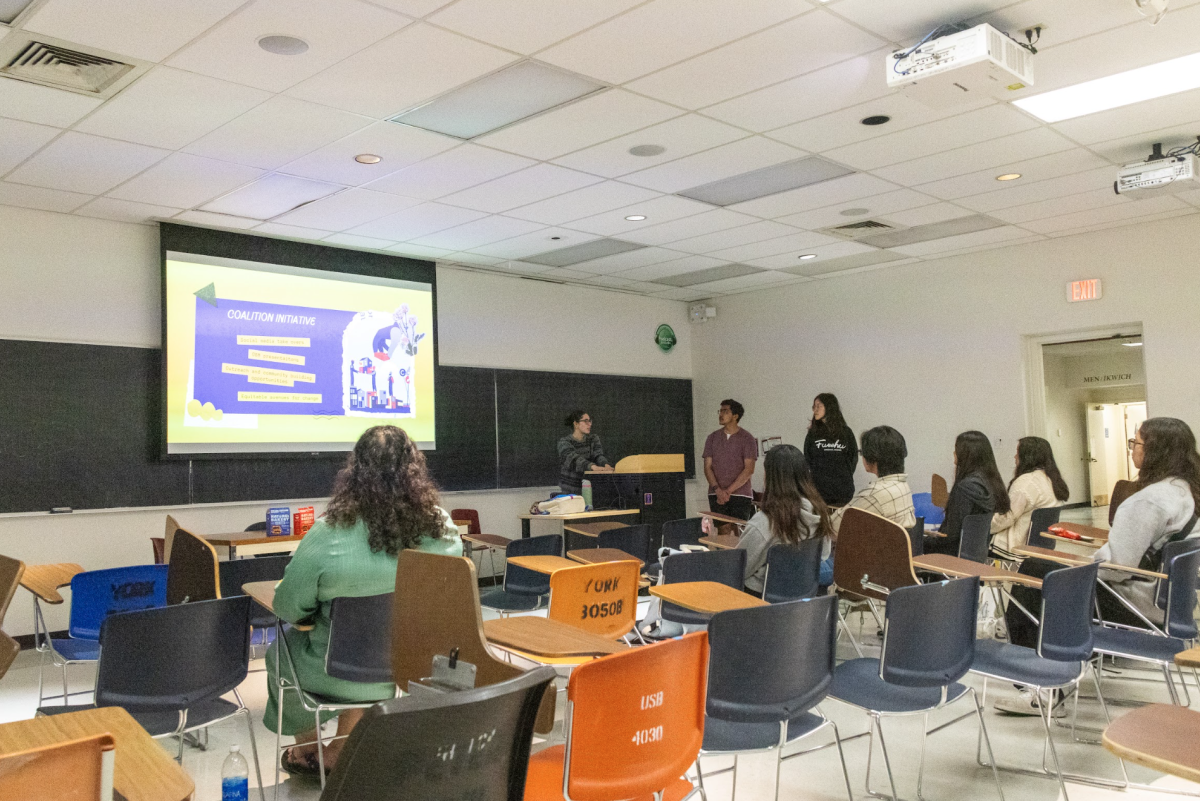A panic seems to have spread through the United States in the past few weeks. Americans are wondering if they are at a high risk of biological or chemical warfare and if such an attack could effectively be conducted against the United States.
Fears of an attack intensified last week after Robert Stevens died from inhaling anthrax in Florida. While the circumstances surrounding his death are still unclear, many fear it is a harbinger of biological warfare as a new form of combat. The scare is reminiscent of other attacks in which chemicals were used as weapons.
In 1995, terrorist group Aum Shinrikyo spread aerosols of anthrax and botulism through Tokyo on eight occasions. Most of these attempts were only marginally successful, killing a total of 12 people. In 1979, 64 people died of an accidental release of weaponized anthrax in Sverdlovsk, Russia.
Other possible biological agents include smallpox, cholera and plague.
An outbreak of smallpox would be “”devastating,”” according to Gerard Spahm, director of occupational health at the Salk Institute. “”It would be horrendous. But we have every indication that there is no other smallpox.””
While small amounts of smallpox still exist in laboratories in the United States and Russia, it was declared eradicated in 1977.
Of the biological and chemical agents that could be used in an attack, anthrax seems to be on most people’s minds.
There are three types of anthrax infection: inhalation anthrax, cutaneous anthrax and gastrointestinal anthrax.
Cutaneous anthrax is the most common form, with about 2,000 cases reported annually and a 20 percent death rate, according to the Center for Civilian Biodefense Studies.
FBI officials and Rudy Giuliani, mayor of New York, spoke Oct. 12 in a press conference about the NBC employee who has been diagnosed with cutaneous anthrax.
“”There is nothing that ties it firm and hard to the Sept. 11 events,”” Barry Mawn of the FBI said.
However, Dr. Brian J. Murray, director of Student Health Services at UCSD, is skeptical.
“”Cutaneous anthrax is fairly uncommon,”” Murray said. “”I would say the relation between the NBC woman and terrorist activities is highly suspect.””
The cutaneous form of anthrax is usually transmitted by infected animals, which places wool sorters at industrial mills at the highest risk.
Gastrointestinal anthrax is less common, since it is spread by eating undercooked, contaminated meat.
The strain of most concern is inhalation anthrax. When distributed as an aerosol, it is an odorless and invisible enemy, and can travel many miles before spreading. Inhaling airborne spores causes infection, but it is not contagious.
Once the spores grow, the disease follows two steps. The first stage shows symptoms of fever, cough, headache, vomiting, chest pain and weakness. The second stage is red-flagged by a sudden fever and shock.
From the time that the first symptoms appear, most victims last from 24 hours to three days without medical treatment. However, many victims do not show symptoms for a long time. But if a victim is treated with antibiotics such as Cipro at the first signs of the disease, anthrax is not fatal.
There is also a vaccine against anthrax, though it is almost exclusively used for the U.S. military and its reserves. The vaccine is not recommended by public use because of its harsh side effects, as well as the cost and logistics of a large-scale vaccination.
Authorities are also trying to discourage people from creating a personal stockpile of antibiotics in case of an anthrax attack.
Dr. Jeffery Kaplan, the director of the Centers for Disease Control and Prevention, said Oct. 2 that the centers “”do not recommend that physicians prescribe antibiotics at this time.
“”We currently have enough antibiotics to prevent the disease in two million persons exposed to anthrax,”” Kaplan said. “”We could rapidly get preventative medicine to those who may be affected by the disease, which cannot be transmitted between people.””
As nice as that sounds, this statement has done little to allay people’s fears.
“”There is no doubt in my mind that they [terrorists] have the capacity to unleash a biological offensive,”” said Muir senior Elijah Zarlin. “”And if it happens, it would be devastating, no matter how many precautions you take.””
While terrorists may have the ability to unleash these agents, it could be difficult to effectively spread it. A successful attack would use a confined space to discourage dilution into open air. The effectiveness of a chemical attack would also depend on the location and weather conditions.
Spahm said that San Diego residents would not be prime targets for a chemical attack.
“”The prevailing winds from the ocean to the mountains would disperse the particles, therefore dramatically reducing its effectiveness,”” he said.
Since the primary symptoms of inhalation anthrax resemble that of influenza, there is a growing concern that an increased public panic could lead to a psychosomatic reaction. That means that people could convince themselves that they have inhaled anthrax spores instead of simply acquiring influenza.
Following the death in Florida, for example, over 60 people who had an affiliation with the man, or the company he worked for, convinced themselves that they had acquired the disease.
“”We would encourage people with possible complications to come in first for the flu vaccination, which comes out in the end of October,”” said Sylvia Wallace, assistant director of public affairs for Kaiser Permanente in San Diego. “”Those without complications should wait until November and December, when supplies trickle in to get this year’s flu shot.””
Flu shots will also be available at the UCSD Student Health Office on Oct. 23 for $15.
Officials have also reassured the public, which is unaccustomed to living in fear of terrorist activity. The CDC and the World Health Organization urge citizens to continue their normal daily routines.
Wallace pointed out that the government has “”stockpiles”” of antibiotics to treat most of the possible diseases from biological or chemical pathogens.
“”As a system, [hospitals] have emergency preparedness and [practice] simulated drills,”” Wallace said. “”We also work in cooperation with the fire department and other regional and federal systems. Many thought healthcare would fold in New York, but it didn’t fail.””
Most authorities interviewed said that there are few practical precautions for a biological or chemical attack.
“”In order to be protected, you must wear [a gas mask or air-tight suit] 24 hours a day,”” Spahm said.
Student and faculty seem to favor continuing a normal routine.
“”I don’t take any precautions,”” UCSD employee Katy Pilikova said. “”I think we have to be worried. But still, I am going on vacation.””







